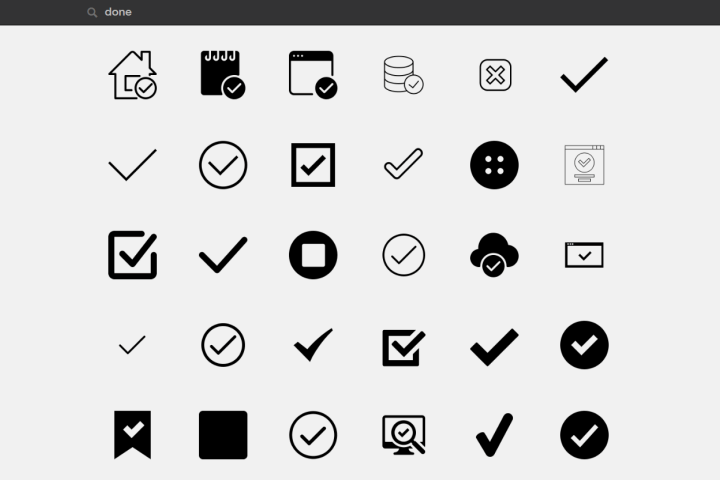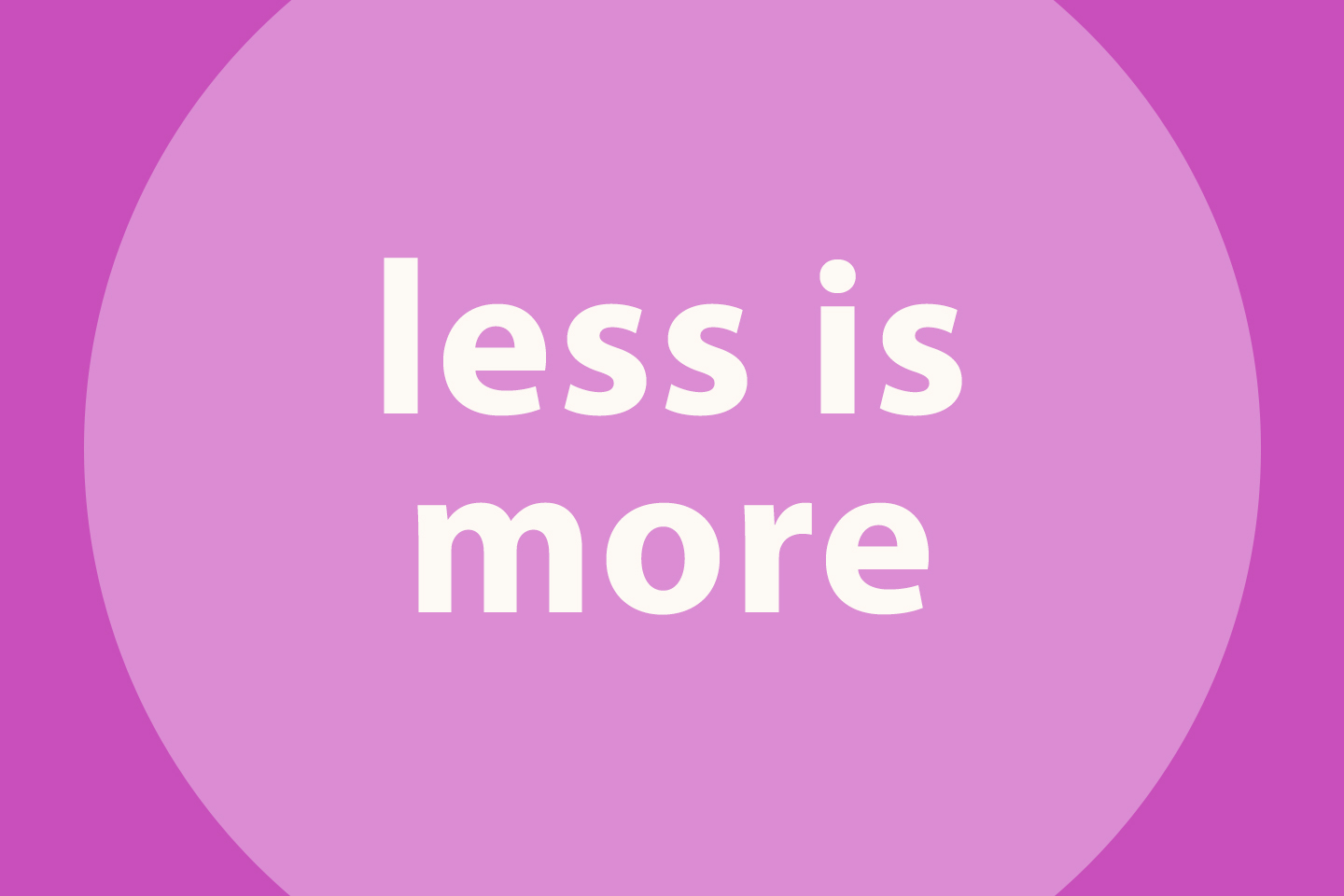
How do you know when you’re done?
How do you know when you've completed something? Agile invites you to define "done done" so everyone on the team knows.
We use cookies to optimise site functionality and give you the best possible experience

How do you know when you've completed something? Agile invites you to define "done done" so everyone on the team knows.

A few weeks ago, myself, Steve and Gareth attended attended IWMW 2016 (the Institutional Web Management Workshop) in Liverpool. The overall theme of the conference this year was ‘Understanding Users; Managing Change;…

There seems to be some confusion over this point, so let me be clear – writing in plain English does not equate to “dumbing down” content. In the words of Lorena Sutherland, content lead for Office of the Public…

The modern web is built on strong visual imagery. Sites like Twitter, Netflix, and even LinkedIn, all utilise large images to add to their sites’ appeal, aesthetic, and brand identity. The University of St Andrews’…
The University homepage is, for many users, the front door to the University website. For some, it’s the first impression that they’ll have of the University; for others, it’s a frequently visited signpost to other…
The advent of the internet has drastically changed the way we receive and communicate information. Previously, written content could only be published as physical print, and was therefore static and unchangeable;…
Considering that the digital communications team is committed to working in an agile manner, and I’m the lead digital content person for the University, a workshop titled “Working in an agile way: content creation,…
Create better content by working in pairs Pair programming is a common way for software developers to work. The idea is to split up the tasks, with one person thinking about the strategic direction of the work…
Your content is a promise to your customers In another sign of how the web is changing everything, Gerry McGovern notes that Amazon has come top of a Harris reputation ranking in the US. When was the last time you ever…
Interface writing: Code for humans Microcopy, or interface writing as Nicole Fenton calls it, is the small bits of text that make a user interface – the text used in buttons, notifications, links and so on. This is…